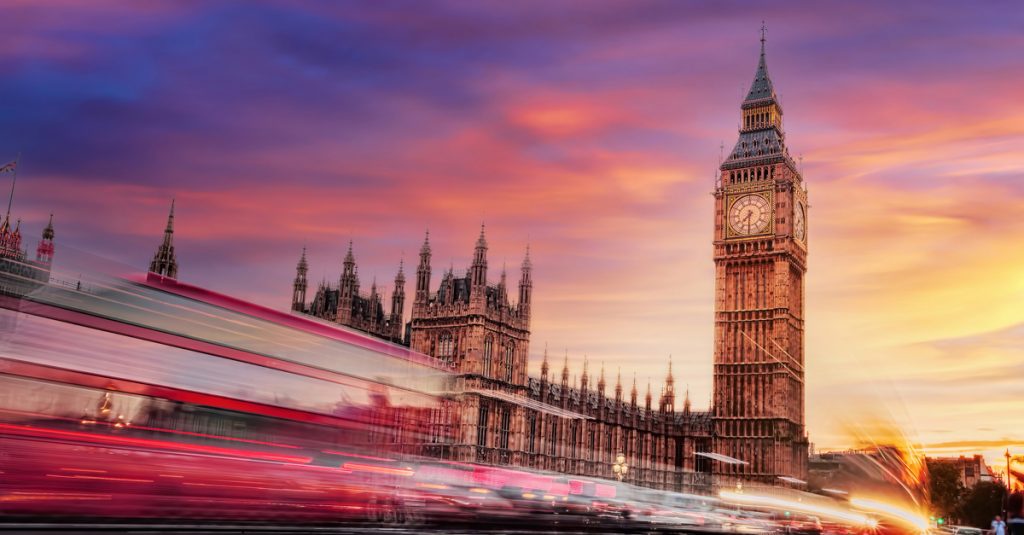Still life in the old master: 225 year old painting CGT exempt as plant!
Wed 09 Apr 2014
The Court of Appeal (link) has held that in particular and unusual circumstances the gain on disposal of an old master portrait was a wasting asset and therefore exempt from CGT. The oddity is that although the picture was an old master (“Omai” by Sir Joshua Reynolds) and clearly likely to be preserved indefinitely, it was statutorily deemed to be “plant” for capital allowances purposes and as such was automatically CGT-exempt.
The picture was sold by the executors of the estate of Baron Howard of Henderskelfe who died in 1984. The net sale proceeds in 2001 exceeded the valued of the painting at the date of Lord Howard’s death. The painting had hung in the part of Castle Howard that was open to the public. Castle Howard has since 1950 been owned by a limited company.
The executors had returned the disposal as a chargeable gain but then had amended the return asserting that the paining was a wasting asset and thus exempt from CGT. The First Tier Tribunal decided the exemption did not apply but this was overturned by the Upper Tier and now the Court of Appeal has unanimously dismissed HMRC’s appeal.
Disposals of wasting assets are CGT-exempt. All assets with a predictable life not exceeding 50 years are wasting assets. However TCGA s44(1)(c) then provides that “plant and machinery shall in every case be regarded as having a predictable life of less than 50 years”. The Court held the painting was plant (applying the Yarmouth v France test). The legislation is framed in terms that remove the exemption from disposals of plant and machinery if the asset was used for the purposes of a trade and the owner did claim, or could have claimed, capital allowances (s45(2)). In the particular circumstances here the owner was not entitled to claim capital allowances as it was the company that owned Castle Howard and carried on the trade of public viewing. The Court held there was nothing in any of HMRC arguments and thus the gain was exempt.
This case has received considerable publicity with the current Lord Howard being quoted that he was counting the days to see if HMRC will apply to the Supreme Court for permission to appeal. As few other disposals will fit within this case (the item has to be plant yet the owner must not be entitled to claim capital allowances) we suspect HMRC will not take the case further (if HMRC did make an application for permission to appeal we suspect the Supreme Court would not grant it on the grounds that the CA agreed with the UTT decision and the point is not one of general application).
In his judgement Briggs LJ observed that an exemption whose purpose is to deny relief for capital losses will occasionally have the odd result of exempting a gain.
This case attracted attention because of the unusual nature of the asset but the legislation is clear and it was the combination of the use to which the painting was put, as a feature attraction in Castle Howard and not just a part of the background décor or “ambience”, that meant it had to be regarded as plant. The rest followed from the precise way in which the legislation is drawn.


Comments